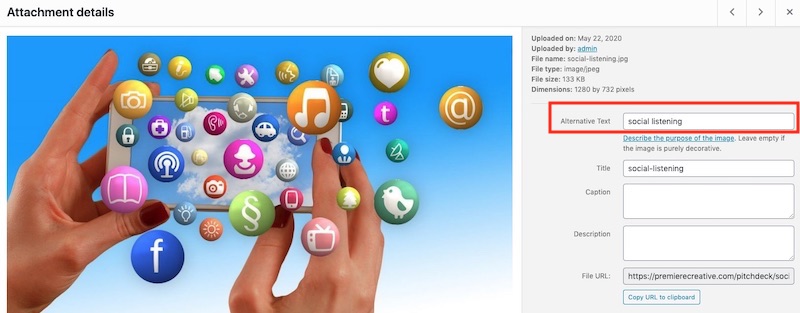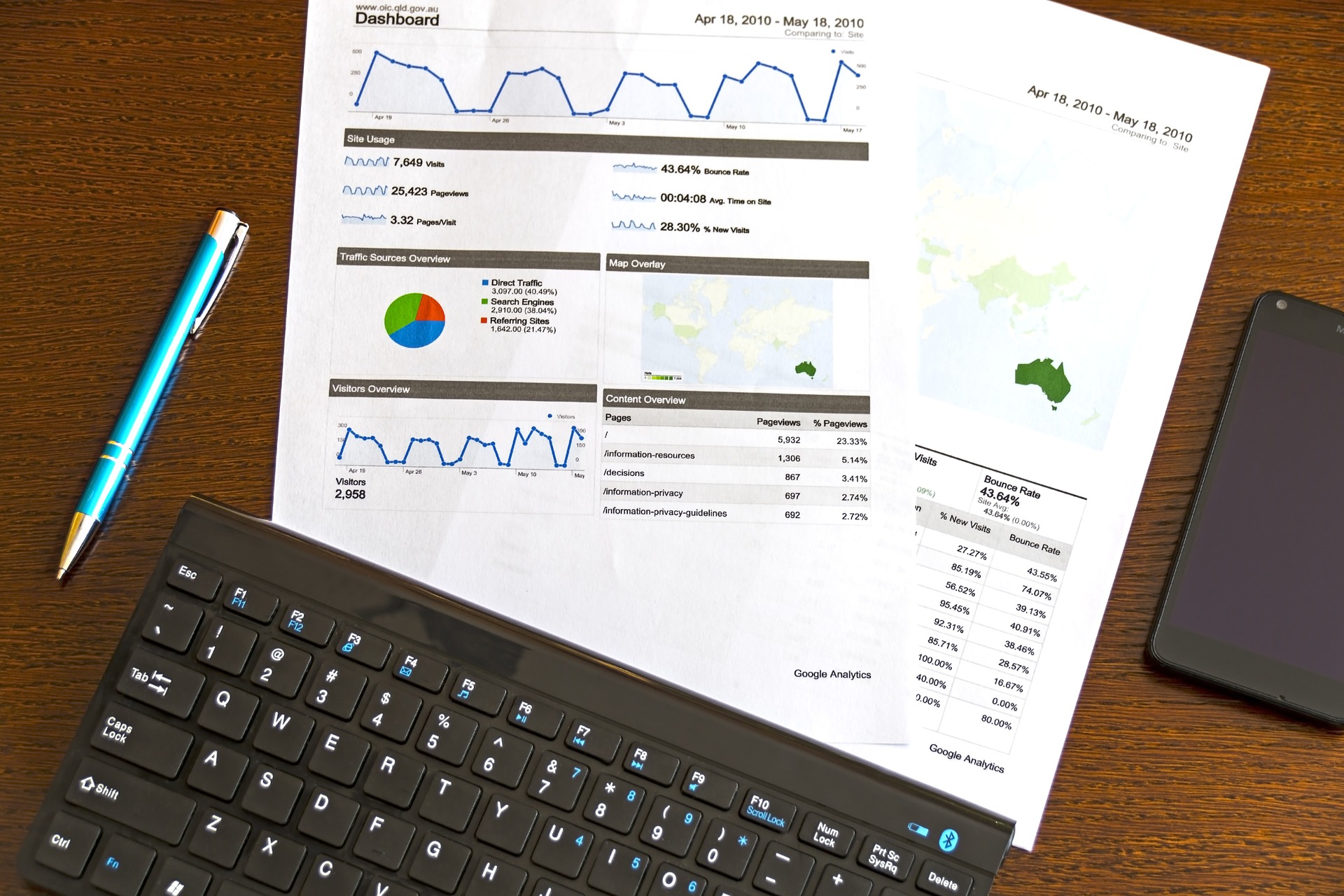The digital age has made humans impatient and it is no wonder why. The Internet allows us to obtain answers to our questions within a blink of an eye. Since we are accustomed to instant results, this behavior has permeated into the expectations of SEO clients who want quick fixes and immediate results.
Despite the expectation of instant gratification, SEO takes time and there is no escaping that. After all, companies like Google and Bing are constantly updating their algorithms in order to ensure that users are provided with the best content for their search inquiries. If you want to make it to the top of Google, you are going to have to put forth the hard work and effort into developing an SEO strategy. In the meantime, there are still ways you can optimize your website’s existing content to improve your ranking while you craft the details of your SEO strategy.
Using Google Analytics, you can identify the pages on your website that are performing well and the pages that are performing poorly. By analyzing the pages that are not performing well, you can find ways to optimize them so that visitors will remain on your website.
Here are a few quick and simple fixes that you can apply to your existing pages.
Fix Broken Links
A broken link can result in potentially serious damage to your website. Search engines consider a large number of broken links as an indication of an old, neglected site. Broken links also prevent search engines from crawling and indexing your site, impeding your hopes of ranking on Google. Furthermore broken links make for a bad user experience. After all, who wants to get a 404 page after clicking on a link?
Luckily, you don’t have to go through every single page on your website and test for broken links. There are tools out there to help ensure that your site is free of broken links such as Google Webmaster Tools. By utilizing this helpful tool, you can quickly identify and replace the broken links with new ones or redirects.
Include Alt Tags in Images
We’ve all heard the saying “a picture is worth a thousand words.” A website with enriching images is now a necessity. Unfortunately, some people make the foolish mistake of not including alt tags within their images.

Remember, content marketers usually create blog posts around targeted keywords. By including an alt text in each image, you are able to use the keyword an additional time, which helps keyword density.
Include a Meta Description for Each Page
Truthfully, a meta description doesn’t have much of an impact on your actual page ranking. But, it does have an influence on your click-through rate. A meta description is a chance to help a visitor understand what to expect from each page if they choose to click-through. When writing your meta description, keep in mind that it should be less than or equal to 160 characters and it should perfectly describe the page.
Internal Linking
A great way to keep visitors on your website and reduce a page’s bounce rate is to include internal links. Linking together relevant pages is excellent for a user’s experience because it allows them to easily explore other areas of your website and hopefully provide more information to their questions. Including internal links is also a ranking factor because it allows Google to crawl through your website easily and better identify the relationship between your website’s pages.
Conclusions
These are by no means the only way to improve your website’s SEO. Search Engine Optimization is a puzzle made up of many different pieces, and the ones listed above are only a small fraction. Search Engine Optimization takes time and, more importantly, it requires a detailed strategy. But by making small changes to your existing content, you may be able to improve your Google ranking until you solidify your SEO strategy. If you would like our help to optimize your content, contact the experts at Premiere Creative and give us a call at (973) 346-8100.

